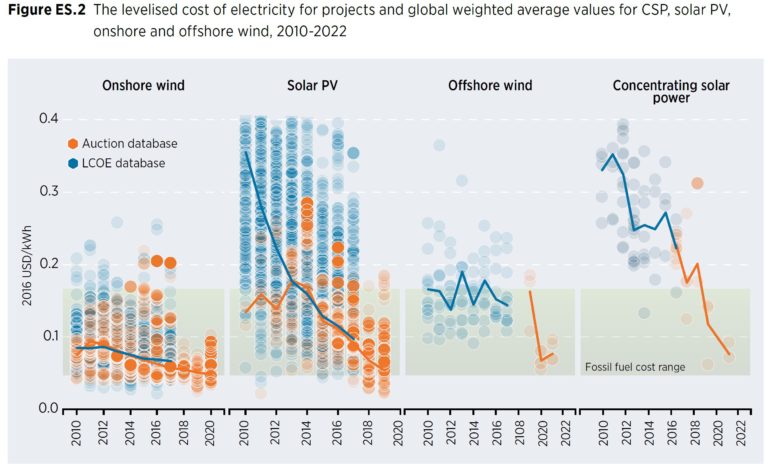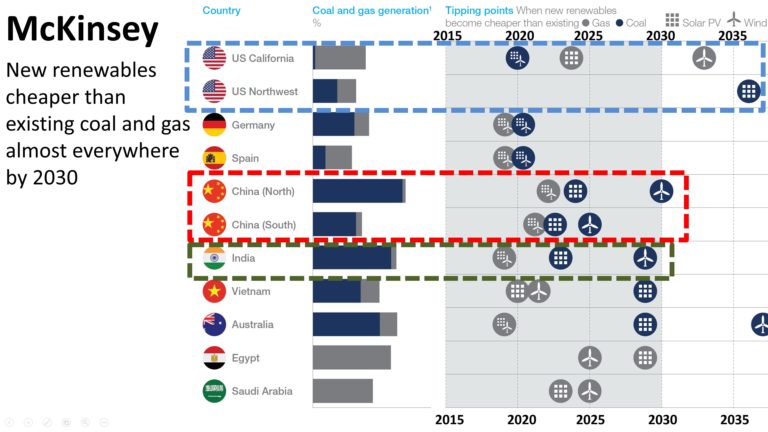ERD50
Give me a museum and I'll fill it. (Picasso) Give me a forum ...
4-Jan-2018
Hawaiian Electric Industries Announces ‘Mind-Blowing’ Solar-Plus-Storage Contracts
https://www.greentechmedia.com/articles/read/hawaiian-electric-industries-announces-mind-blowing-solar-plus-storage-cont
“It’s hard to overstate the scale of this announcement.”
I'll check this out in more detail later, but if I had a nickel for every time one of these green sites described something, anything, as a "break through" or some other hyper-ventilated adjective, I'd be a very rich man. It's actually very,very easy for them to "overstate the scale of this announcement" - they do it all the time.
-ERD50






